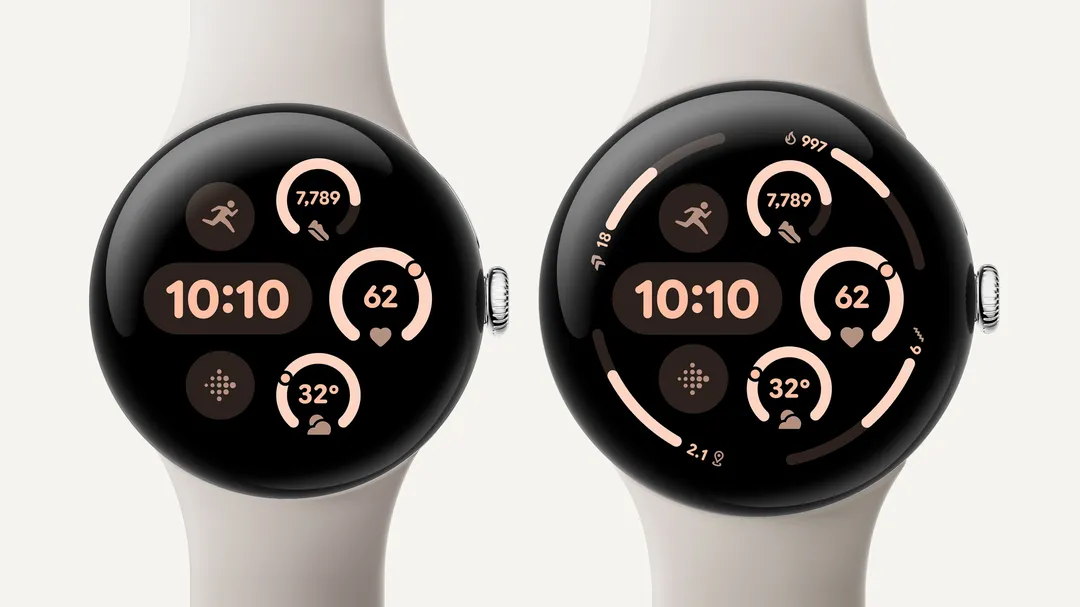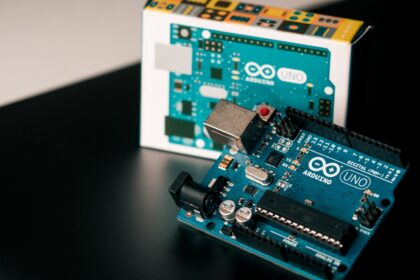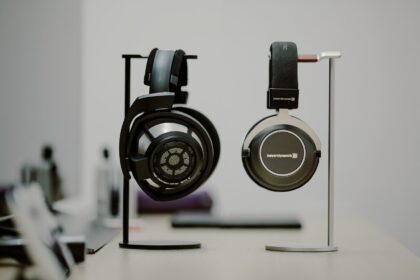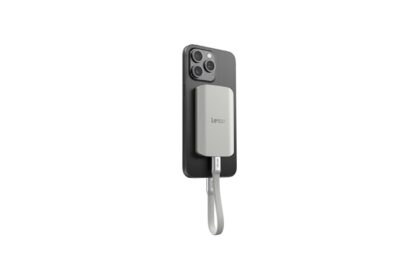The Pixel Watch 4 just achieved something remarkable in the smartwatch world. iFixit, the well-known repair experts, awarded Google’s latest wearable an incredible 9 out of 10 repairability score. This makes it officially the most repairable smartwatch you can buy right now.
The shocking repairability breakthrough
Most smartwatches score just 3 or 4 out of 10 on iFixit’s repairability scale. The Pixel Watch 4’s score of 9 represents a massive leap forward for the entire category. For comparison, the Apple Watch Ultra 3 scored only 4 out of 10, while Samsung’s Galaxy Watch Ultra managed just 5 out of 10.
What makes this achievement even more surprising is that it comes from Google, not from sustainability-focused brands like Fairphone or Framework. Google completely redesigned the Pixel Watch 4 architecture with repairability as a core priority.
“This thing is actually repairable, and we can’t help ourselves”, said the iFixit team in their teardown video. “Where other watches tease repairability with decorative screws, Google actually delivers”.
Screws replace glue everywhere
The secret to the Pixel Watch 4’s repairability lies in Google’s decision to use screws and gaskets instead of adhesive. Previous Pixel Watch models relied heavily on glue, making repairs nearly impossible without damaging the device.
The new design uses visible Torx screws on the exterior that don’t compromise the watch’s IP68 water resistance rating. Each screw has its own O-ring seal to maintain waterproofing while allowing easy access. This represents a complete rethinking of smartwatch architecture.
Two T2 screws hidden under the watch band lugs activate a clever hinged mechanism that holds the back panel in place. This rear-entry approach lets you open the watch, keep the sensor glass connected, and safely replace internal components.
Battery replacement takes just minutes
Replacing the Pixel Watch 4’s battery requires only basic tools and takes about 13 minutes. The battery is now housed in a protective metal container and held in place by just a few screws. No more wrestling with adhesive strips or risking damage to delicate components.
The vibration motor is equally easy to remove and connects via pogo pins rather than fragile cables. Two of the motor’s screws actually double as battery screws, showing how thoughtfully Google engineered the internal layout.
For comparison, replacing an Apple Watch battery typically requires heating, adhesive removal, and careful handling of ribbon cables. The Pixel Watch 4 eliminates these complications entirely.
Display repairs become feasible
The Pixel Watch 4’s display is secured entirely by screws and sealed with a replaceable O-ring gasket. This gasket is available for purchase separately, ensuring users can maintain water resistance after repairs. The circular design makes this approach possible, as square watches have more difficulty implementing effective gasket seals.
iFixit notes that you can disconnect the display by removing just four screws after accessing the internals. The display connector is easily accessible and doesn’t require near-total disassembly like previous models.
The curved Actua 360 display features 15% smaller bezels and 50% higher brightness than the previous generation. Despite these improvements, Google maintained full repairability without compromising the user experience.
Technical specifications impress
The Pixel Watch 4 combines repairability with impressive technical capabilities. It features the new Snapdragon W5 Gen 2 processor, 32GB of storage, and 2GB of RAM. The battery lasts up to 40 hours on the 45mm model and 30 hours on the 41mm version.
Charging improvements include a new side-mounted dock that provides 25% faster charging speeds. The watch goes from 0 to 50% charge in just 15 minutes. The dock also displays useful information like battery percentage and next alarm.
Connectivity options include 4G LTE, Bluetooth 6.0, Wi-Fi 6, NFC, Ultra-Wideband, and satellite SOS communications. The Pixel Watch 4 is the first commercial smartwatch to support standalone emergency satellite communications.
Water resistance without compromise
Google achieved full IP68 water resistance while maintaining complete repairability. This seemed impossible before the Pixel Watch 4, as most manufacturers claimed waterproofing required permanent adhesive seals.
The watch features a 5ATM rating, making it suitable for swimming and water sports. The innovative O-ring and screw system provides better long-term water protection than adhesive, which can degrade over time.
Manual water lock and ejection features help protect the watch during water activities. The system automatically activates when submerged at least one foot deep, preventing accidental inputs while swimming.
Comparison with competitors shows stark differences
The Pixel Watch 4’s repairability advantage becomes clear when compared to major competitors. The Apple Watch Series 10 relies heavily on adhesive and scores just 4 out of 10 for repairability. Tight seams and lack of official repair parts make Apple Watch repairs challenging for most users.
Samsung’s Galaxy Watch 7 Ultra scores slightly better at 5 out of 10, thanks to an easily removable back cover sealed with a reusable gasket. However, Samsung uses tri-point screws that require specialized tools, creating unnecessary repair barriers.
Most other smartwatches, including those from Fitbit and Garmin, score even lower due to their reliance on adhesive assembly methods. The Pixel Watch 4 represents a fundamental shift toward repair-friendly design in the smartwatch industry.
Right to repair movement gains momentum
The Pixel Watch 4’s success demonstrates how manufacturers can embrace repairability without sacrificing design or functionality. This aligns with the growing right-to-repair movement that advocates for consumers’ ability to fix their own devices.
Legislative efforts in the United States and European Union are pushing for stronger right-to-repair laws. These regulations require manufacturers to provide repair manuals, diagnostic tools, and replacement parts to consumers and independent repair shops.
Environmental benefits include reduced electronic waste and extended product lifespans. The ability to replace batteries and displays means users can keep their watches functional for many more years.
Google’s broader sustainability commitment
Google’s repairability focus extends beyond just the Pixel Watch 4. The company has partnered with iFixit to provide official repair guides and sells genuine replacement parts for Pixel phones. Fix Kits include all necessary tools for common repairs.
The tech giant also operates trade-in and recycling programs to keep devices out of landfills. Self-service repair programs give technically inclined users access to the same tools and parts that authorized repair centers use.
This holistic approach to device lifecycle management sets Google apart from competitors who focus primarily on selling new devices rather than extending existing ones’ usable life.
Impact on the smartwatch market
The Pixel Watch 4’s repairability success could force other manufacturers to reconsider their design approaches. If consumers begin prioritizing repairability when making purchase decisions, competitors may need to follow Google’s lead.
The achievement also validates that premium features and repairability can coexist. Users don’t have to choose between cutting-edge technology and the ability to maintain their devices long-term.
For the repair industry, the Pixel Watch 4 creates new business opportunities. Independent repair shops can now offer smartwatch battery and display replacements without requiring specialized equipment or extensive training.
Future implications for wearable design
Google’s engineering breakthrough with the Pixel Watch 4 provides a template for future wearable devices. The successful integration of screws, gaskets, and modular components shows that repairability doesn’t require sacrificing miniaturization or water resistance.
Other manufacturers now have proof that consumers want repairable devices and are willing to support companies that prioritize sustainability. This could accelerate the adoption of repair-friendly designs across the entire wearable technology category.
The Pixel Watch 4’s success also demonstrates the importance of considering repairability from the initial design phase rather than as an afterthought. When engineers prioritize serviceability from the beginning, they can create elegant solutions that benefit both users and the environment.
“The most satisfying smartwatch teardown we’ve performed to date”, concluded iFixit’s review, highlighting how the Pixel Watch 4 sets a new standard for the entire industry.
























